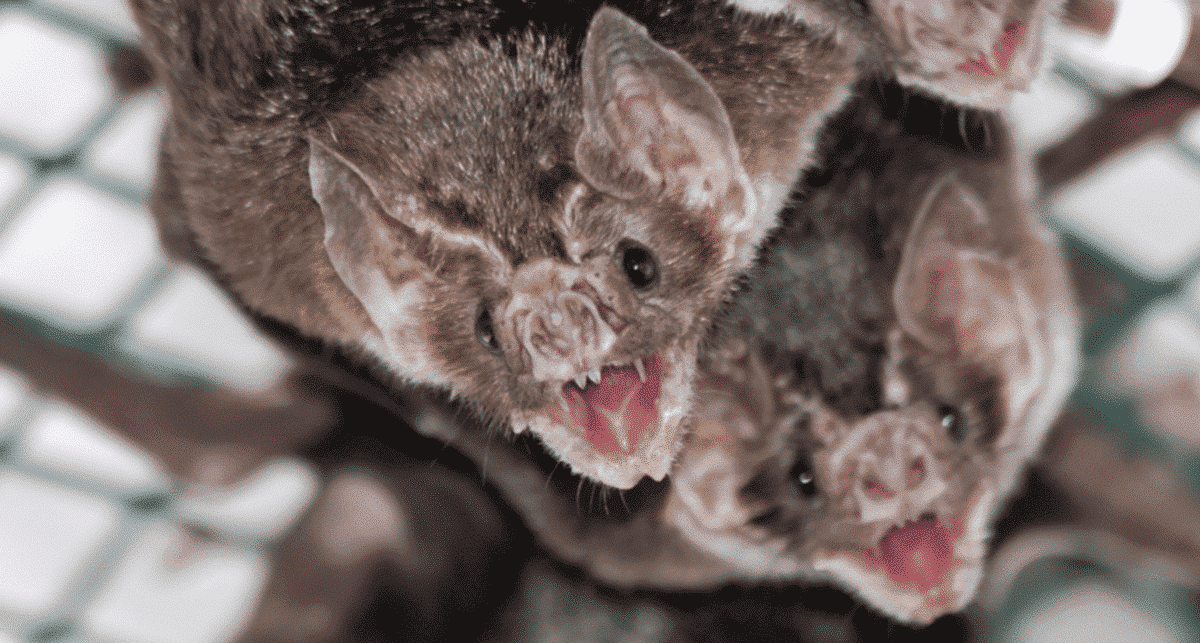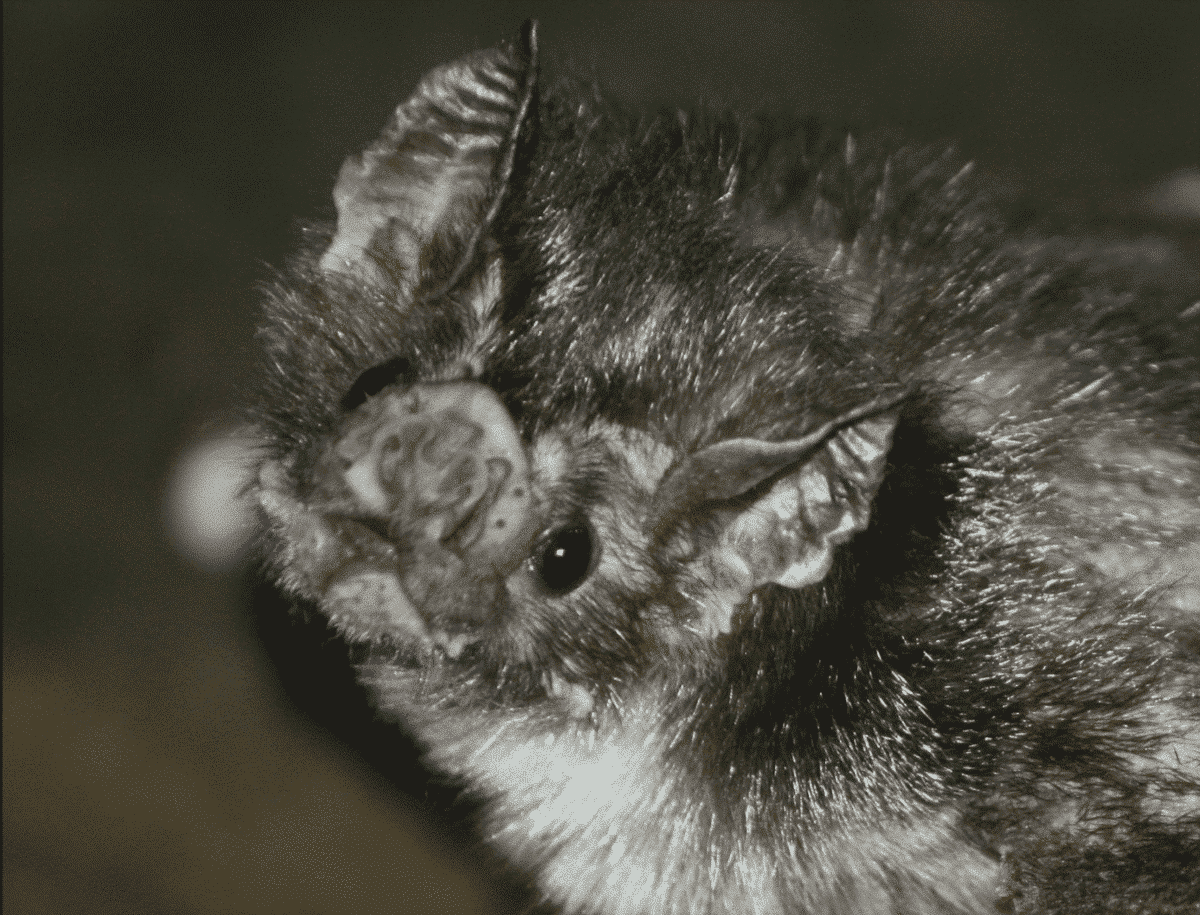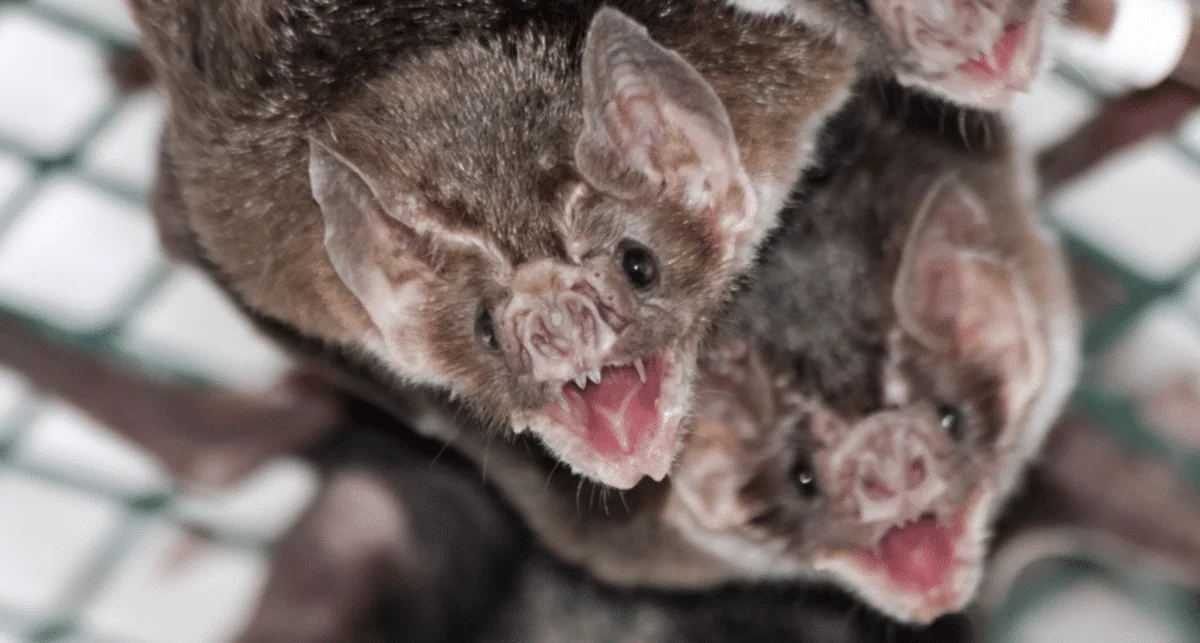The migration of vampire bats towards the north, potentially making the United States their new habitat, is a significant ecological event. This movement, primarily driven by climate change, has been linked to an increase in rabies cases in Latin America, drawing attention to the potential risks and challenges it poses for wildlife management and public health.

Climate Change and Vampire Bats’ Migration
Research led by Paige Van de Vuurst, a PhD student at Virginia Tech, has shown that past climate changes have caused the distribution of vampire bats to move northward. This shift in their habitat is attributed to changing seasonality, as these bats seek more stable, temperate climates. The research predicts that the United States could become a viable home for these bats within the next 27 years.
Click here to find out more about this research
Vampire Bats and Rabies
Vampire bats are known carriers of rabies, a disease with high mortality rates and ancient origins dating back 3,000 years. The expansion of vampire bats’ range has been correlated with a spillover of rabies, impacting livestock in Latin America and raising concerns about its potential spread to other regions, including the United States.
Colombian Collaboration
The research team’s focus on Colombia stems from its high biodiversity, particularly its bat population. Colombia’s tropical climate and equatorial location contribute to this diversity, making it an ideal location for studying the spread of rabies and bat migration patterns.
The Virginia Tech team collaborated with three local Colombian universities to conduct extensive field studies. They collected bat samples across various geographic and climatic regions in Colombia, ranging from humid jungles to the Andes Mountains. This comprehensive approach allowed them to gather a wide range of data, contributing to a better understanding of how climate changes impact disease emergence in bat populations.
Research Aims and Impact
The primary goals of the research were to understand the role of habitat and virus mutation in rabies spillover to humans and livestock, the effect of biodiversity changes on the virus, and the geographic and environmental factors influencing the spread of bat-borne diseases. This research is crucial in addressing a knowledge gap about rabies spread and its impact on both wildlife and human populations.

Educational and Social Implications
The field experience provided valuable educational opportunities for undergraduate and graduate students, who were supported through a National Science Foundation grant. This not only advanced scientific understanding but also highlighted the importance of fieldwork in wildlife research and the need for accessible opportunities for students.
Conclusion
As these vampire bats inch northward, compelled by shifting climates, the specter of rabies follows suit, casting shadows on public health and wildlife management. As looming climatic change propels species towards uncharted territories, it is likely we will see an increase in new pathogen-host relationships that have never been seen before. This article highlights our interconnected world where climate-induced migrations may breed unforeseen zoonotic threats, impacting a diverse array of species beyond vampire bats.
What do you think about vampire bats? Leave a comment below.
Thank you for following along with this article – Scientists Discover Vampire Bats Are Moving North
You may also like:
Join our Forum for free today!

- Shocking Survey Results of only 718 Snow Leopards Identified in India - July 18, 2024
- Do Octopuses Punch Fish For No Reason? - July 5, 2024
- Brave Farm Animals Save Chicken Friend FromHawk - June 30, 2024

